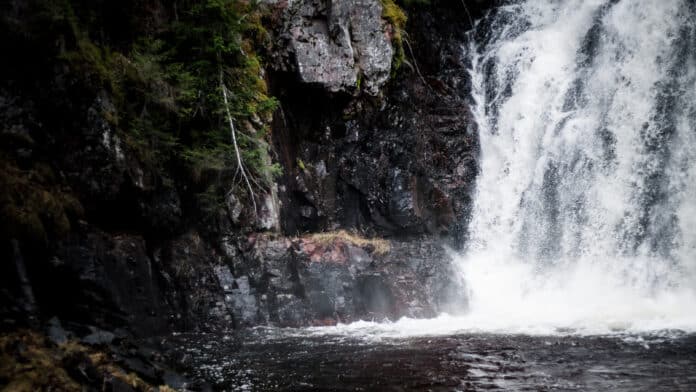Dark social is an essential sharing factor — but it’s hidden.
Alexis Madrigal, a senior editor at The Atlantic, coined what might prove to be a very much-discussed term amongst social media naturals for some time to come:
Behold the dark social of online sharing.
Here we go:
Dark Social: What We Can’t Measure
Dark Social
We’re impressed with the sharing numbers from various social networks, including Facebook, Twitter, and LinkedIn.
But how much is socially shared beyond measure, beyond what we can see? How much is shared via email, instant messages and direct messages? How much is shared on darknets, BBS networks and untraceable forums?
According to Alexis Madrigal, senior editor at The Atlantic, quite a lot.
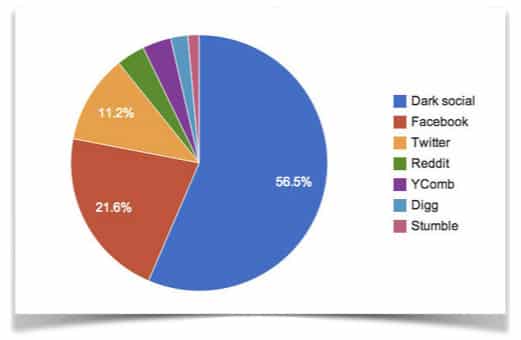
Here’s a tl;dr summary of dark social from The Atlantic:
“1. The sharing you see on sites like Facebook and Twitter is the tip of the ‘social’ iceberg. We are impressed by its scale because it’s easy to measure.
2. But most sharing is done via dark social means like email and IM which are difficult to measure.
3. According to new data on many media sites, 69% of social referrals came from dark social. 20% came from Facebook.
4. Facebook and Twitter do shift the paradigm from private sharing to open publishing. They structure, archive, and monetize your publications.”
When calculating reach numbers for your PR campaigns, are you taking dark social into account?
Read also: Dark Social: The Online Interaction We Can’t See
💡 Subscribe and get a free ebook on how to get better PR.
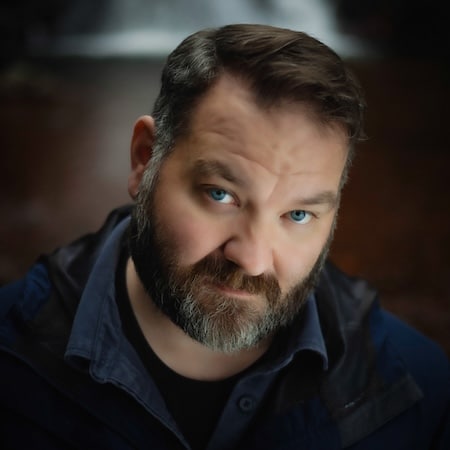
THANKS FOR READING.
Need PR help? Hire me here.
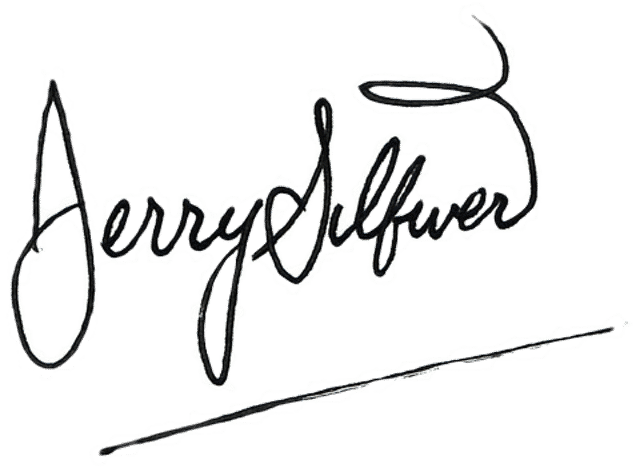
PR Resource: Types of Social Objects
Spin Academy | Online PR Courses
Types of Social Objects
I’m proposing a specific classification of social object types to map word-of-mouth for different PR activities.
Types of social objects:
1. Curiosity Objects. Is your PR object a curiosity worthy of getting people to talk about it with each other?
“Have you heard about Elon Musk sending a Tesla Roadster into space?”
2. Fear Objects. Is your PR object reflecting a fear or anxiety notable enough to get people talking about it with each other?
“Have you heard how Elon Musk isn’t expecting everyone on the first Mars expedition to survive?”
3. Gap Objects. Is your PR object filling some form of a gap that will make it easier for people to talk about the object with each other?
“Have you heard about Elon Musk launching Neuralink to connect human brains with technology?”
4. Mystery Objects. Is your PR object stimulating conversation between people due to its intriguing nature?
“Have you heard about Elon Musk sleeping on the floor in one of his Tesla factories?”
5. Inspirational Objects. Is your PR object enough of a general interest milestone or inspiration to get people talking to each other about it?
“Have you heard about Elon Musk building a whole city, Solar City, based on renewable energy?”
6. Envy Objects. Is your PR object reflecting something that will make people talk to each other about ambitions and aspirations?
“Have you heard about Elon Musk being nearly broke but still managing to build incredible companies?”
7. Conflict Objects. Is your PR object part of a relevant conflict that engages people enough to discuss it with each other?
“Have you heard about Elon Musk taking on the whole car industry with his electric Teslas?”
8. Ego Objects. Is your PR object usable as a token of self-identification when talking to others?
“Have you heard about Elon Musk practising First Principle thinking?”
9. Anger Objects. Is your PR object provocative enough to evoke an emotional response worthy of discussing with other people?
“Have you heard about Elon Musk smoking weed on the Joe Rogan podcast?”
Learn more: Social Objects and Public Relations
💡 Subscribe and get a free ebook on how to get better PR.
PR Resource: Social Media PR Issues
List of Social Media Issues
Social media isn’t just nyan cats and double rainbows.
With massive change come new social media issues we must deal with.
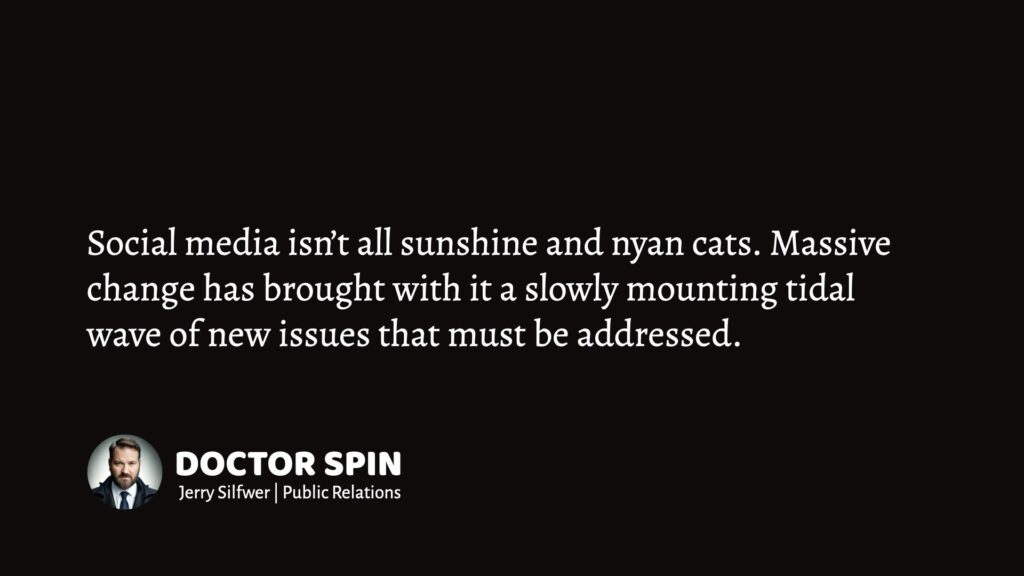
Here are a few examples of social media issues:
Read also: The List of Social Media Issues
PR Resource: How To Measure Attitudes
How To Measure Public Relations
How do you measure public relations (PR)? I recommend measuring attitudes and behaviours using questionnaires, rating scales, interviews, reports (logs, journals, diaries, etc.), and observations.
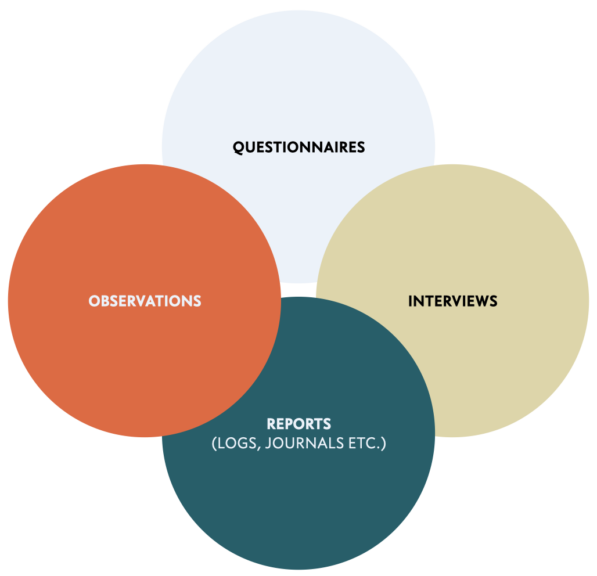
The general recommendation for PR measurement: I recommend the sociological method for getting valuable and actionable results from measuring public relations. This means measuring attitudes and behaviours. 1Silfwer, J. (2021, March 4). Methods of Measuring Public Relations. Doctor Spin | The PR Blog. https://doctorspin.net/measuring-public-relations/
Attitude Measurements in PR
There are a few things to consider when measuring attitudes and behaviours correctly. 2Educational Communications and Technology. (2001, August 3). 34.5 Measuring Attitudes. The Handbook of Research for Educational Communications and Technology. … Continue reading
An attitude measurement should meet the following criteria:
There are four main types of attitude measurement approaches:
There are four main types of attitude measurement methods:
Learn more: How To Measure Public Relations
PR Resource: The Golden Rule of Measuring PR
“What gets measured, gets done.”
— Peter Drucker
Spin Academy | Online PR Courses
The Golden Rule of Measuring PR
If an organisation focuses on the wrong metrics, it might establish, maintain, or develop the wrong long-term relationships. 3The insight is based on 18+ years of practical consulting experience.
The Golden Rule of Measuring PR: Your choice of PR measurement method and trackable PR objectives will impact your organisation more than the resulting measurements ever will.
Choosing the measurement method and objectives for public relations is more critical than getting the actual data from those trackings.
Learn more: The Golden Rule of Measuring PR
💡 Subscribe and get a free ebook on how to get better PR.

Annotations
| 1 | Silfwer, J. (2021, March 4). Methods of Measuring Public Relations. Doctor Spin | The PR Blog. https://doctorspin.net/measuring-public-relations/ |
|---|---|
| 2 | Educational Communications and Technology. (2001, August 3). 34.5 Measuring Attitudes. The Handbook of Research for Educational Communications and Technology. https://members.aect.org/edtech/ed1/34/34 – 05.html |
| 3 | The insight is based on 18+ years of practical consulting experience. |


